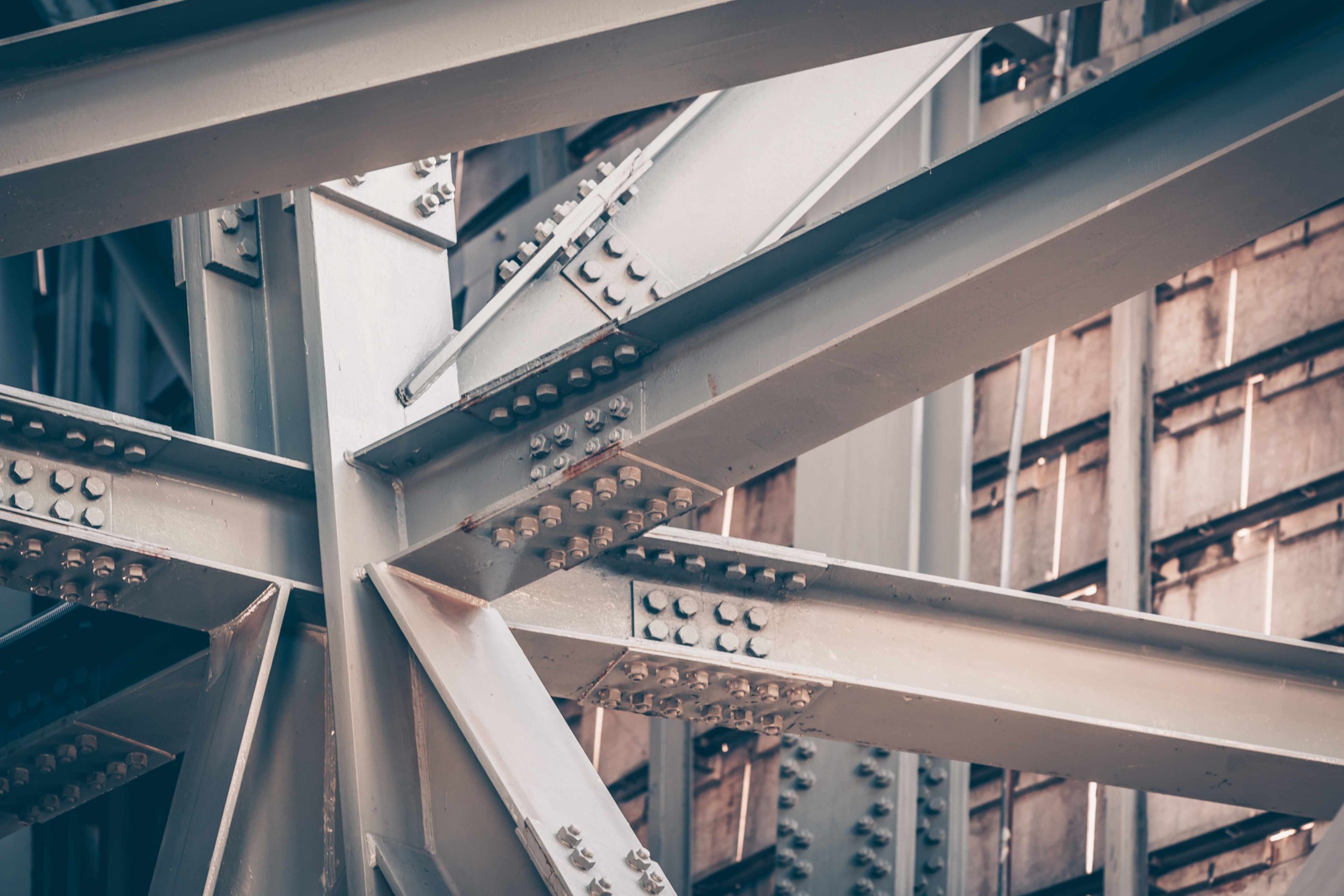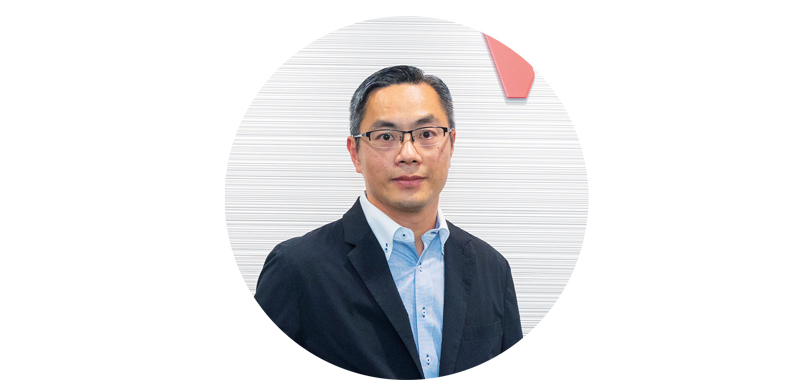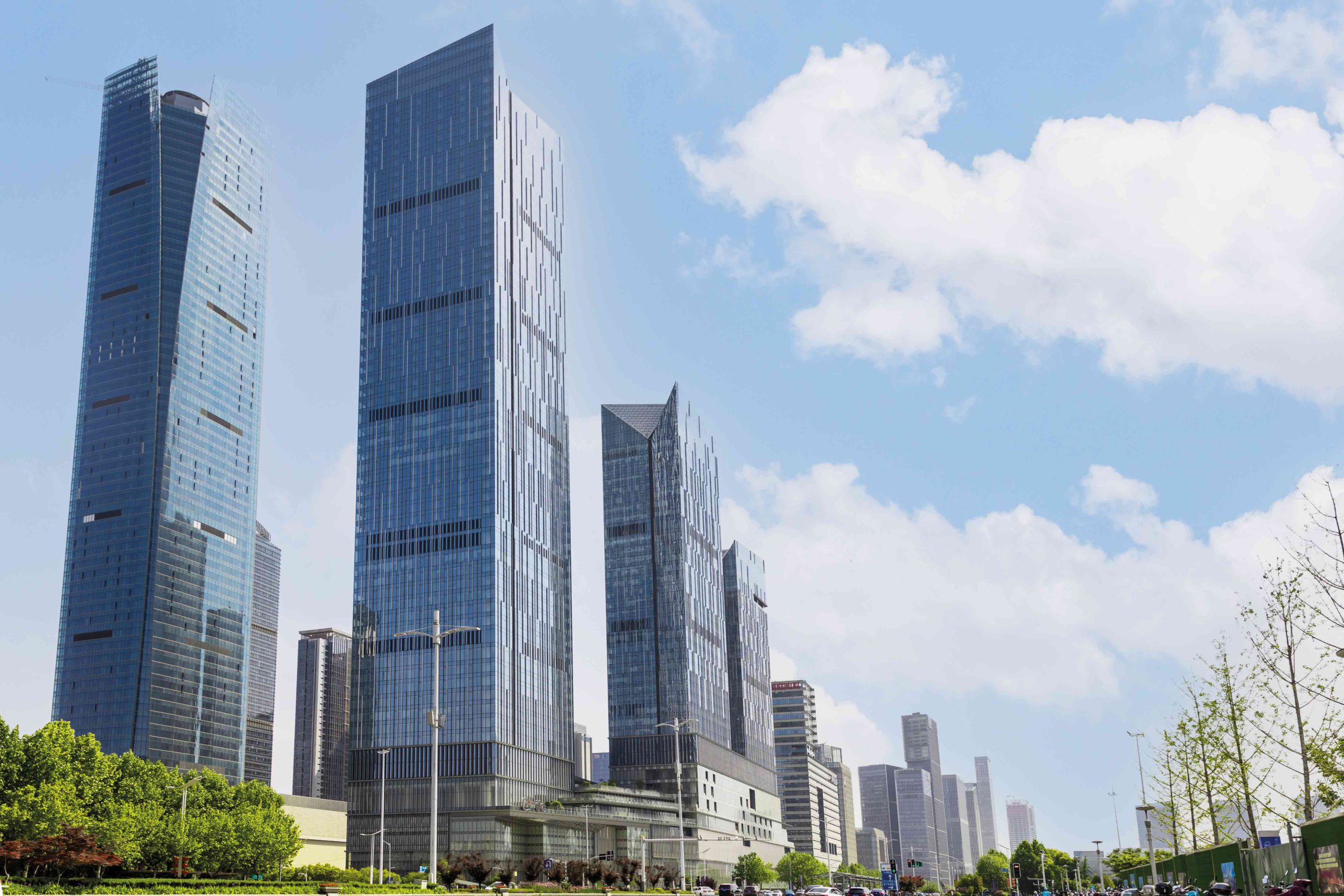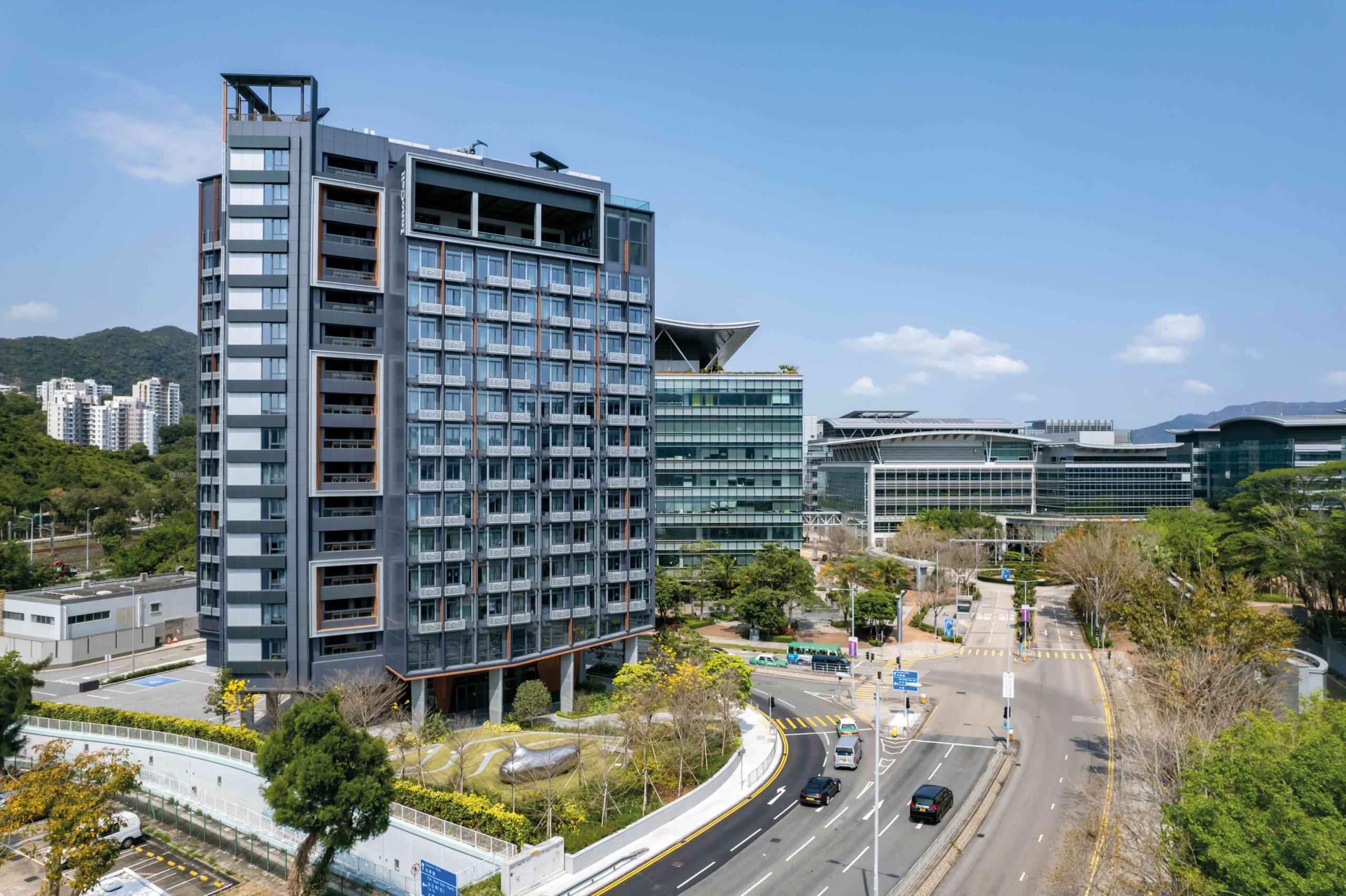Richard is WSP’s China Region Managing Director of Building Structures. With more than 27 years of professional experience in structural engineering and project management, Richard possesses vast knowledge of structural design, coordination and management of large-scale mixed-use development and super high-rise buildings, as well as commercial; residential; retail; hotel; leisure and sports; institution; and government projects. He has an established track record in successfully leading and delivering major building structures projects across the region, including Hong Kong, Mainland China and overseas, with his expertise encompassing reinforced concrete structures, steel structures and composite structural elements.
Here, he gave us a deeper understanding of structural engineering alongside Nanjing International Finance Centre (IFC) and InnoCell as case studies.
Could you name some recent projects that you think exemplify the beauty of structural engineering?
Yes, I have a few in mind. The first one is Nanjing IFC, a mixed-use development in the Mainland by a Hong Kong developer. One of its main structural features is the 36-metre extra-long floor span, which could cause obvious disturbing floor vibration when people walk over it. Although the structure is still safe, the user experience is not ideal. To deal with the problem, we used floor dampers to offset vibration emanating from human activities, which can also reduce the noise associated with such vibration. Through computer modelling, we analysed the required quantity and technical requirements of the dampers for the long span to successfully create a more comfortable environment.
The second one is InnoCell. Located at Hong Kong Science and Technology Park, it is the first multi-storey modular integrated construction (MiC) project using steel modules in Hong Kong. Our team, as the structural engineer of the project, secured the first-ever in-principle acceptance (IPA) for a steel MiC system submission, based on the prototype of the project. The smart living and co-creation space consists of 418 steel modules providing four types of room. Overall, the construction period was shortened by four to five months.
” Read: InnoCell
How does Hong Kong’s unique combination of geophysical context, climate and population density present challenges and opportunities to structural engineering?
Hong Kong is unique: there is scarce land but a large population, which means land is in high demand but in short supply. As such, the buildings are generally high when compared with other regions. To deal with the high-rise nature, we engineers have to consider more about the wind load when designing building structures. The higher the tower, the stronger the wind resistance.
Moreover, Hong Kong’s high-rise buildings are often in slender design due to the limitation of site areas. If the structural element size is too bulky, it will affect the usable floor area and hence the living quality. Therefore, structural engineers need to work closely with architects and designers to achieve a more optimised structural design to maximise the use of space as well as to maintain the structural safety and building performance.
What role does structural engineering play in the need for sustainability, zero carbon targets and climate issues in today’s construction industry?
Reducing the consumption of materials will result in reduction of carbon emissions. As such, a reasonable structural engineering design can ensure that the construction is efficient with as less building materials as possible. Any unnecessary and oversized structures should also be eliminated in the design. Furthermore, the overall material consumption can be reduced by using high strength steel and high strength concrete.

The overall material consumption can be reduced by using high strength steel; image by dvoevnore/shutterstock
The Government and many industry participants have started to adopt the Ground Granulated Blastfurnace Slag (GGBS) concrete, a low-carbon concrete, in their projects. Traditional concrete is made by mixing cement, Pulverised Fuel Ash (PFA), and various aggregates, including sand; pebbles; gravel; and shale, with water. It actually produces a high amount of carbon emissions when used in construction.
In contrast, GGBS, generated as a by-product of the iron and steel-making industries, is an alternative to PFA used as the partial replacement for cement. It can reduce cement consumption to lower carbon footprint, improve concrete performance and reduce waste disposal, making it a more environmentally friendly alternative to traditional concrete.
This is an excerpt. The original article is published in
Construction+ Q4 2023 Issue: The Power of Construction Engineering.
Get the print magazine or subscribe to the digital edition to read the complete article.

 Malaysia
Malaysia Singapore
Singapore Indonesia
Indonesia Tiếng Việt
Tiếng Việt ประเทศไทย
ประเทศไทย












